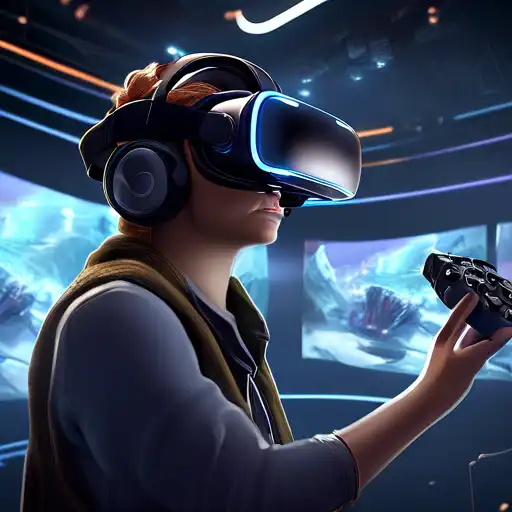Understanding the Complexities of VR Content Development
Virtual Reality (VR) has emerged as a groundbreaking technology, offering immersive experiences that were once the stuff of science fiction. However, the path to creating compelling VR content is fraught with challenges that developers must navigate. From technical constraints to creative dilemmas, the process is anything but straightforward.
Technical Limitations and Hardware Diversity
One of the primary hurdles in VR content development is the vast array of hardware available. Each device comes with its own set of specifications, requiring developers to optimize content for multiple platforms. This not only increases development time but also complicates the testing process, as ensuring compatibility across all devices is a daunting task.
High Development Costs
Creating VR content is an expensive endeavor. The need for specialized software, high-end hardware, and skilled personnel can quickly escalate costs. For indie developers or small studios, these financial barriers can be prohibitive, limiting the diversity of content in the VR space.
User Experience and Motion Sickness
Designing for VR is fundamentally different from traditional media. Developers must consider the user's physical movement and how it interacts with the virtual environment. Poorly designed experiences can lead to motion sickness, a common issue that detracts from user enjoyment and limits the audience for VR content.
Content Length and Engagement
Another challenge is creating content that is both engaging and comfortable for users to consume. VR experiences are often shorter than traditional media, as prolonged use can be taxing on the user. Striking the right balance between depth and duration is crucial for keeping users engaged without overwhelming them.
Strategies for Overcoming VR Development Challenges
Despite these obstacles, there are strategies that developers can employ to streamline the VR content creation process. Leveraging cross-platform development tools can reduce the burden of hardware diversity, while careful planning and budgeting can help manage costs. Additionally, focusing on user-centered design principles can mitigate issues like motion sickness and enhance overall engagement.
Embracing Innovation and Creativity
At its core, VR is a medium of limitless potential. By embracing innovation and pushing the boundaries of what's possible, developers can overcome the challenges of VR content creation. Collaboration across disciplines and continuous learning are key to unlocking the full potential of this exciting technology.
For those interested in exploring more about the future of digital media, check out our insights on emerging technologies.
Conclusion
The journey of developing VR content is complex, but the rewards are unparalleled. By addressing the technical, financial, and creative challenges head-on, developers can create immersive experiences that captivate and inspire. As the technology evolves, so too will the solutions to these challenges, paving the way for a new era of digital storytelling.
